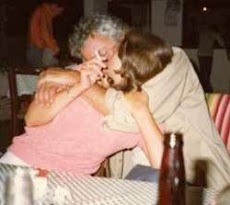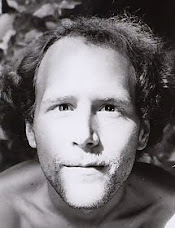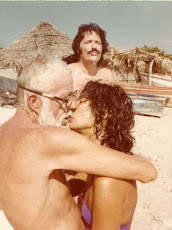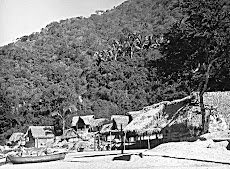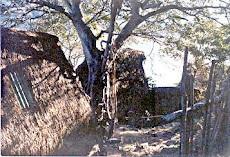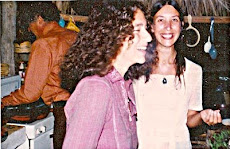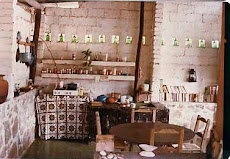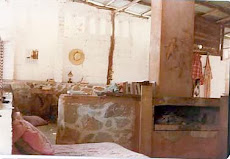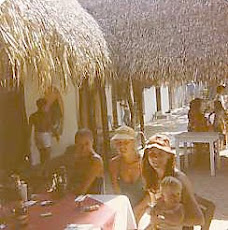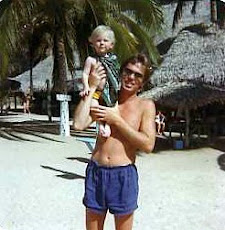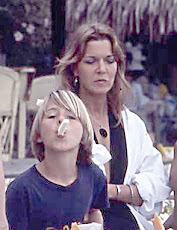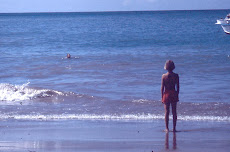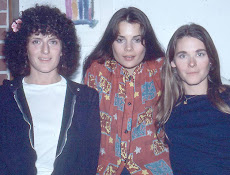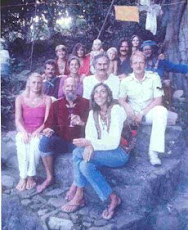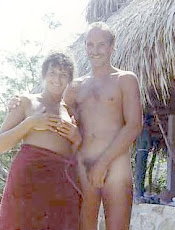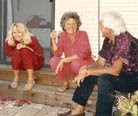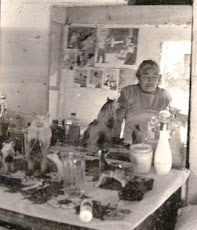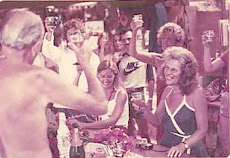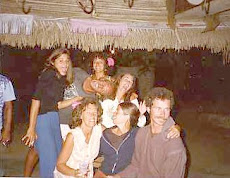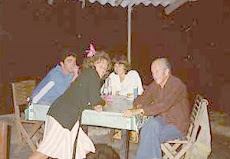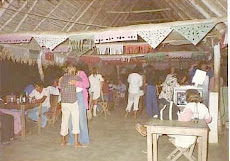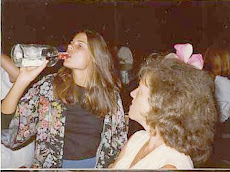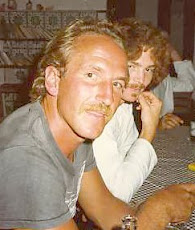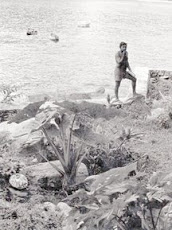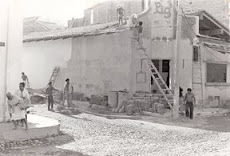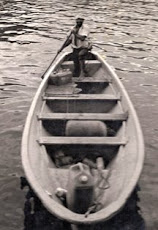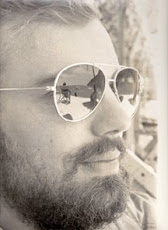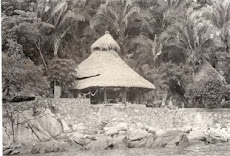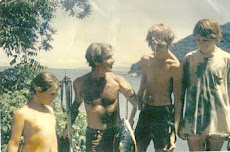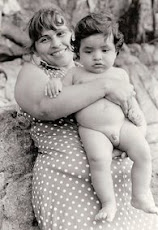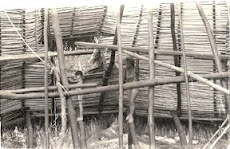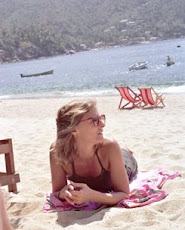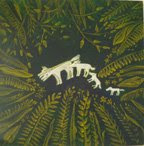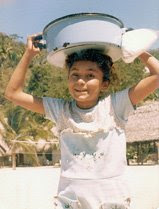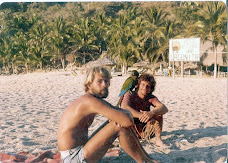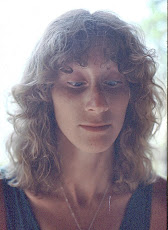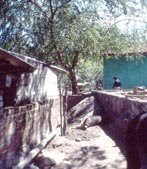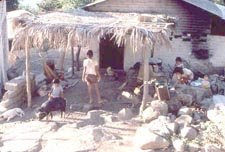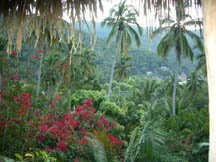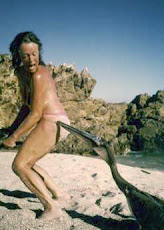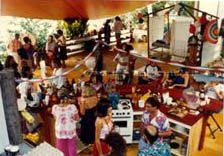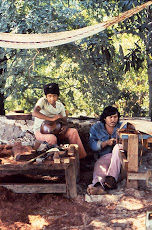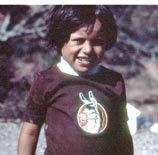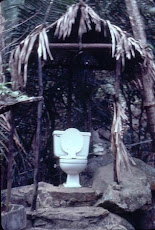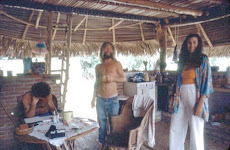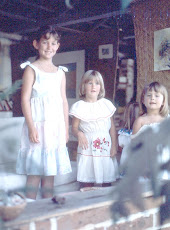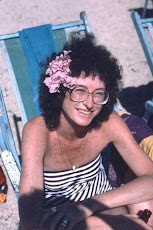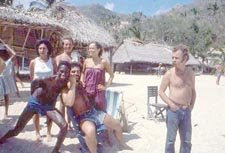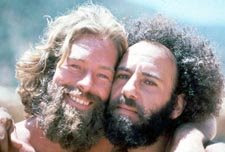In 1962 I arrived in Vallarta for the first time. An interesting note about the name of the town is that the locals never used the name “Puerto Vallarta”. No one did. In fact in those days, and in all of my time in Vallarta and Yelapa throughout the 1970’s no one ever called it “PV” (or Puerto…) and I find this appellation dismissive to say the least. I was told sometime in the ‘70’s by somebody in authority (I am thinking Juan Pena, who used to be in charge of Immigration) that the “Puerto” was added to the name in the ‘70’s by the tourist department. To everyone I knew in Vallarta, it was always “Vallarta” period. Let it be known that Vallarta is the name of the place.
Vallarta in those days was very different than what you see today. There was the Hotel Rosita which is thankfully still there; and the Hotel and Bar Oceano which was the main watering hole before Carlo’s O’Brian’s came to be. There wasn’t much else in terms of places to stay or hang out etc. in those days. Not to mention that it was about a 15 to 20 hour drive from Tepic to even get to Vallarta; the road was bad to say the least and depending upon the season, sometimes not drivable at all. There was only a dirt strip near where the present airport is and that leads us to another part of this story. We’ll get there. But, something happened that precipitated the need for a real airport to be built.
In 1963, John Huston decided to make a little movie called “Night of The Iguana” and brought many, many, people to Vallarta including Elizabeth Taylor and Richard Burton, and Ava Gardner to name a few. These people had money and liked to have a drink (some of them, more than often) after work and so… an enterprising young man named Carlos Andersen came from Mexico City and opened a little place called Carlo’s O’Brian’s for the movie industry people to hang out and have a drink and some food. Carlos became a very well-known entrepreneur throughout Mexico, Brazil, and the USA and created an empire that still exists today despite his death in a private place crash many years ago. I was proud to call him a friend, as I was proud to call many of his protégé’s my friends as well. Leon being the foremost person that comes to mind.
It is this event of the making of this movie that created the Vallarta that so many of us came to know and love. Everything changed, but the rest of the world didn’t know it yet. For several years, Vallarta was the “hip” place to be, but only the truly hip knew it existed. The crowds that came later had not heard about Vallarta and so, it was just so great to be there and to be among people that were not tourists, but actually, expats. People that knew and loved Vallarta and lived there because if was so open and free and you could sit in a bar with Peter O’Toole and Dennis Hopper, and yes, even Richard Burton and they would talk to you and you could talk to them about anything because you weren’t asking them for their autograph and you were actually pretty cool too, just for being there.
While all of this was going on, more and more entertainment people started hanging out there because it was someplace to be themselves and still mingle with other people; there was a growing contingent of pot smugglers starting to base themselves in Vallarta and Yelapa. Mexico had good cheap marijuana and the desire for it was growing in the USA; it was only a matter of time before Vallarta became a center of the activity for transporting pot grown in Jalisco and Michoacán to the US. The dirt strip became a hub of several people bringing pot back to the USA in older planes that could avoid the radar and still carry enough marijuana to be profitable. Which wasn’t hard as prices were about $6 to $10 per kilo in those days. A couple of the first expat residents of Yelapa were pot smugglers and others were entertainment industry people like Benny and Mickey Schapiro who had been an agent of Bob Dylan and one of the creators of the Monterey Pop Festival.
The guy that lived at “The Rancho” as it was called in the early days… the first nice place up the river on the same side as Casa Arriba. The place with the big rocks in front of the house and has a small waterfall on the property became a meeting place for pot smugglers and locals like Santiago helped them with things from time to time. My first export load from Mexico was about 80 lbs in a 1946 Aeronca Champion, but this was done from Vallarta, not Yelapa. I later moved into Yelapa but decided to not be involved in anything that wasn’t legal in the area, at least not where I was living. Over the years, I came to know every area in Mexico that had pot farms and was involved in several hundred loads of pot; but it all started in Vallarta.
Of course, not everyone that lived in Yelapa was in the entertainment business of one type or another. Many were artists like Simon and Gloria, and Rita Tillett and several others; just people that wanted to get away from the mainstream and find themselves in “Another Lousy Sunset in Paradise” for those of you that know where that came from? Yelapa became this hushed secret that not even most people that started coming to Vallarta knew about. There was almost a promise between people that lived there in those days; “Don’t tell anyone” became a watch word. Has anyone seen the movie “The Beach”? The same scenario applies and I am not so sure that the phrase wasn’t stolen from Yelapa.
In the old days in Vallarta, there were only two cops and not only didn’t they have a police car; they didn’t even have any bullets for their guns. That changed of course, but it took a while. In the interim, Vallarta was very similar to the old west in a lot of ways; people weren’t having gunfights in the middle of the street, but you could just about do anything you wanted to do, anytime you wanted to do it. Parties would go on for 3 days, Jack Nicholson and I threw water balloons at tourists from a VW Safari (Thing), you could walk down the street with a drink in your hand that you walked out of the bar with and no one cared. We even became friends and partied with the JPF in the discos and bars and went to parties at each other’s house (try doing that in Mexico these days). You dragged yourself to the El Dorado in the mornings because the waiters knew what you needed and brought you your favorite drink without you having to ask for it because they knew you and you knew them, well. Vallarta was home and Yelapa was your hideaway when you needed a break from partying.
There was no electricity in Yelapa and it should have stayed that way; everyone in Yelapa knew that everything would change when power would eventually come to Yelapa. In those days, the frogs at night sounded like spaceships taking off and landing; they were so loud it was unreal. You could actually yell to a neighbor down the valley and they would hear you and talk back to you. Bottles of Raicilla were about $1.50 at Eliadoro’s in the pueblo; he brought it down the mountain from Chacala in old 5 gallon gas cans and you had to bring your own bottle to be hand filled by Eliadoro himself. Of course, some of us had generators for occasional use, but nobody used them much; a bomba light was enough to read by at night and there wasn’t anything else to do anyway except drink, smoke, think, and get lots of rest.
PS, Elizabeth was despised by most people in town; she was a real bitch and acted like everyone was her servant. Everyone in town loved Richard; he was a real gentleman and treated everyone like an old friend. John Huston moved into Neuvo Vallarta and also took over a secret beach of his down just north of Yelapa; he became a very highly regarded resident.
I MISS THOSE DAYS....Tony Collins










































































